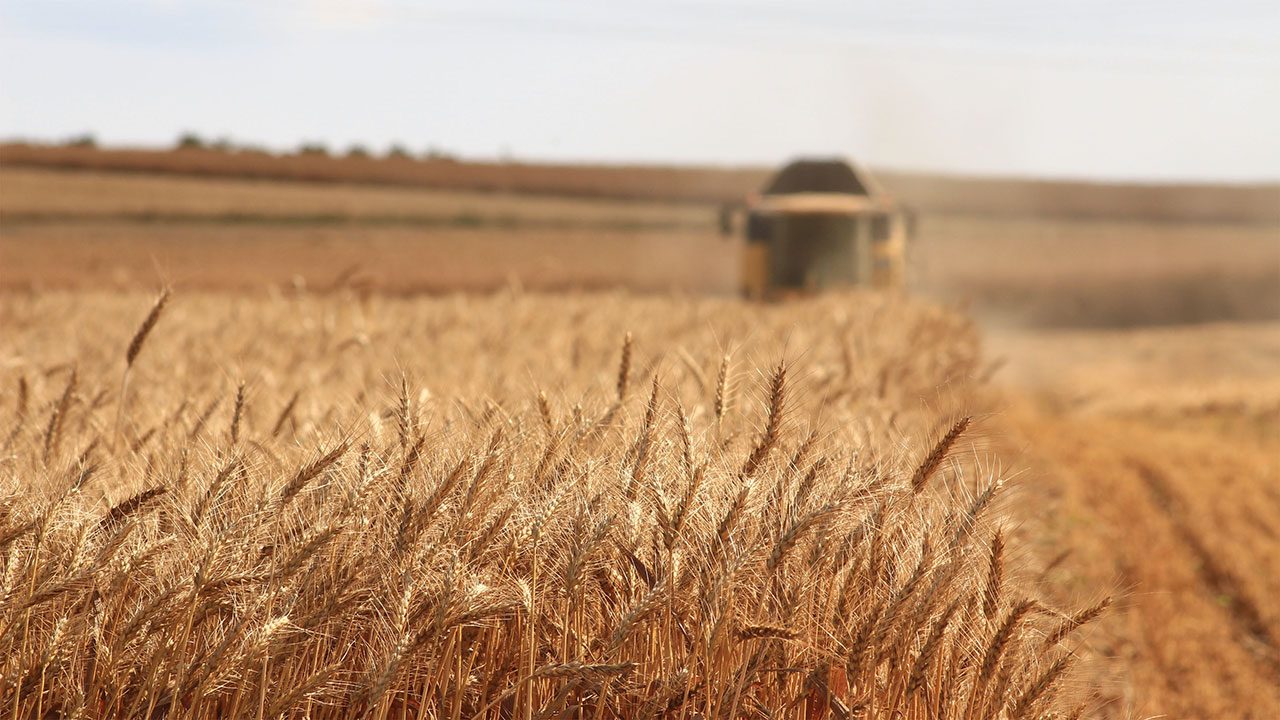This article is from the Australian Property Journal archive
FARMLAND returns declined during the June quarter with property values largely offsetting weaker income, whilst the recent declaration of an El Nino weather event is expected to weigh on Australia’s agricultural outlook.
According to the latest quarterly Australian Farmland Index Q2 2023 compiled by the Asian Association for Investors in Non-Listed Real Estate Vehicles (ANREV), income returns were -1.52% and capital growth of 3.26% led to a total return of 1.73% for Q2 2023.
On a 12-month rolling basis, the income return was at -1.22% and the capital growth was 3.21% in Q2 2023.
Total farmland returns for the June 2023 quarter are down 8.2% year-on-year to end the period at 2.01% on an annualised basis, the lowest quarterly return since the index commenced in 2015.
However the total annualised return remains in double-digit territory, of 12.16% since inception with contributions from income return of 5.41% and capital growth of 6.50%.
The last five years recorded a total annualised return of 10.42% comprising income return of 4.62% and capital growth of 5.59%. The last three years recorded a total annualised return of 8.95% comprising income return of 3.42% and capital growth of 5.38%.
Gunn Agri Partners said the results highlight the vastly divergent performance of permanent and annual crop farmland in the June quarter.
“The results highlight the value of a portfolio approach to farmland ownership with current production and price dynamics between permanent crop, annual crop and livestock productions systems subject to varying production levels and market drivers,”
The index now constitutes 63 different properties of market value over 2 billion in farmland dissected between 44% which are permanent (horticulture) and 56% annual (cropping & livestock) farmland assets by property counts.
The performance for the quarter of annual farmland which includes broadacre grain and oilseed farming and livestock grazing recorded an annualised total return of 9.90% with 11.65% from income and negative farmland value growth of 1.62%.
“The performance of annual farmland over the full year to June has been strong due to high levels of production for both the 2022 winter crop and 2022/23 summer crop and high grain and oilseed prices. Cropping land recorded a modest reduction with resilience in the market reflecting high levels of producer equity following three successive years of above average profitability. The contribution from crop farmland values was offset to some extent by weaker livestock prices.” Gunn Agri Partners said.
Permanent crops recorded a total annualised return of -6.63% with income contributing -0.57% and capital depreciation of 6.17%, the lowest income and capital growth numbers since inception, reflecting a cooling following a sustained period of high total returns, averaging 9.26% per annum for the three years prior to June 2022.
A report by Rural Bank recently warned that a slowing global economy, easing commodity prices and drier seasonal conditions will weigh on Australia’s agricultural outlook for the second half of 2023.
Last week the Bureau of Meteorology formally declared an El Nino weather event in Australia, with drier and warmer temperatures predicted.
Gunn Agri Partners said whilst returns were recorded at historic lows, farmland investments have benefited from several seasons of above trend performance.
The Department of Agriculture, Fisheries and Forestry has forecast agricultural production will fall by $13 billion to $80 billion in 2023–24 ($86 billion including fisheries and forestry production).
The fall in agricultural production is driven by lower crop production values ($11 billion lower). This mainly reflects lower crop production volumes due to reduced crop yields as a result of expected drier conditions from the developing El Niño and forecast positive Indian Ocean Dipole. In addition, prices for most agricultural commodities are forecast to fall as global prices ease from recent highs.
The value of livestock production is also expected to fall in 2023–24 as lower prices outweigh higher production volumes. Livestock production volumes are expected to rise as the drier weather and resulting lower pasture availability increase livestock turn-off rates. Beef and veal production is forecast to rise by 14% and sheep meat production by 6%. A small increase in milk production is also expected despite lower dairy cow numbers, as good pasture quality and falling fodder prices increase milk yields and drier conditions support better dairy cow health.




